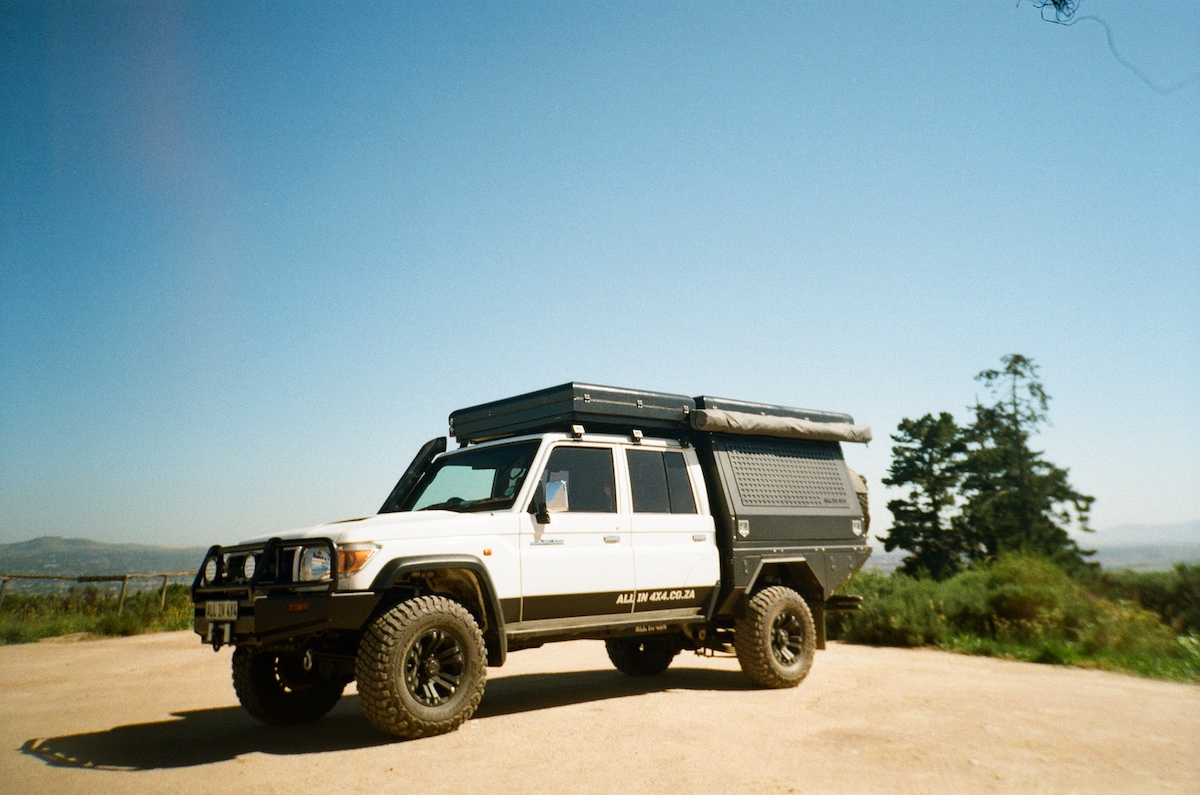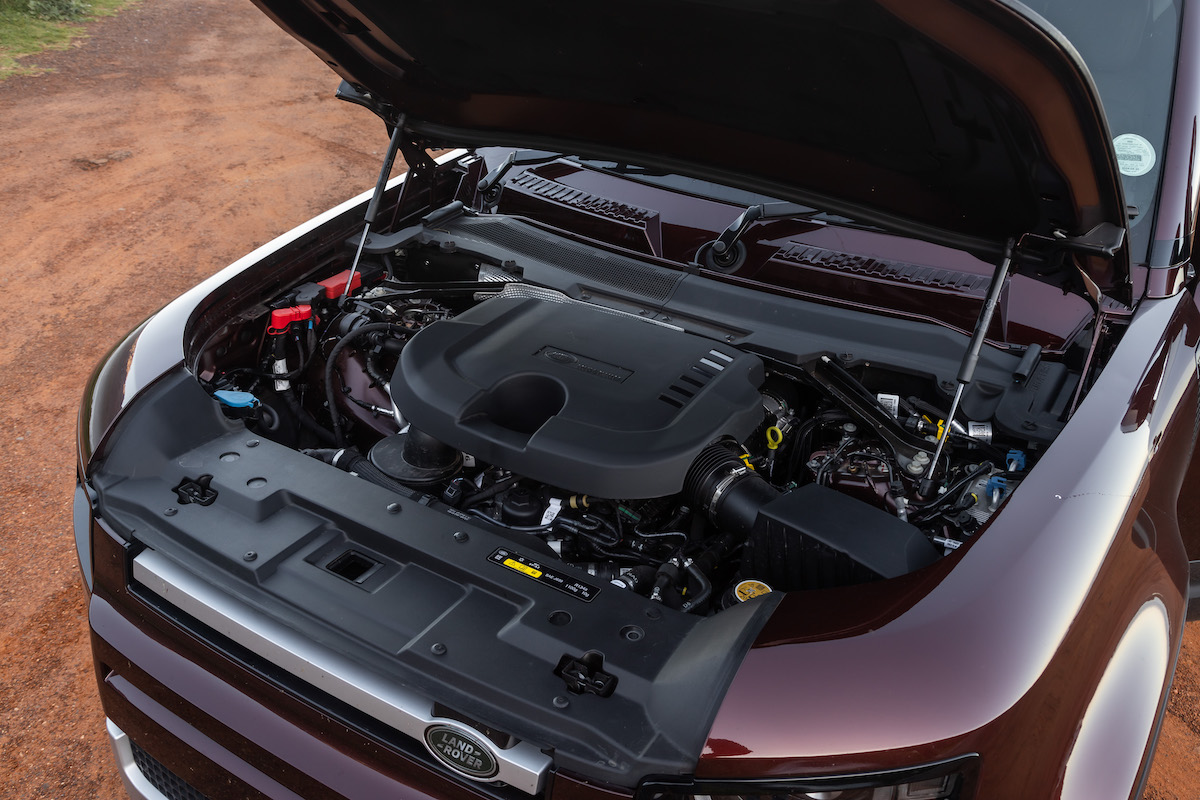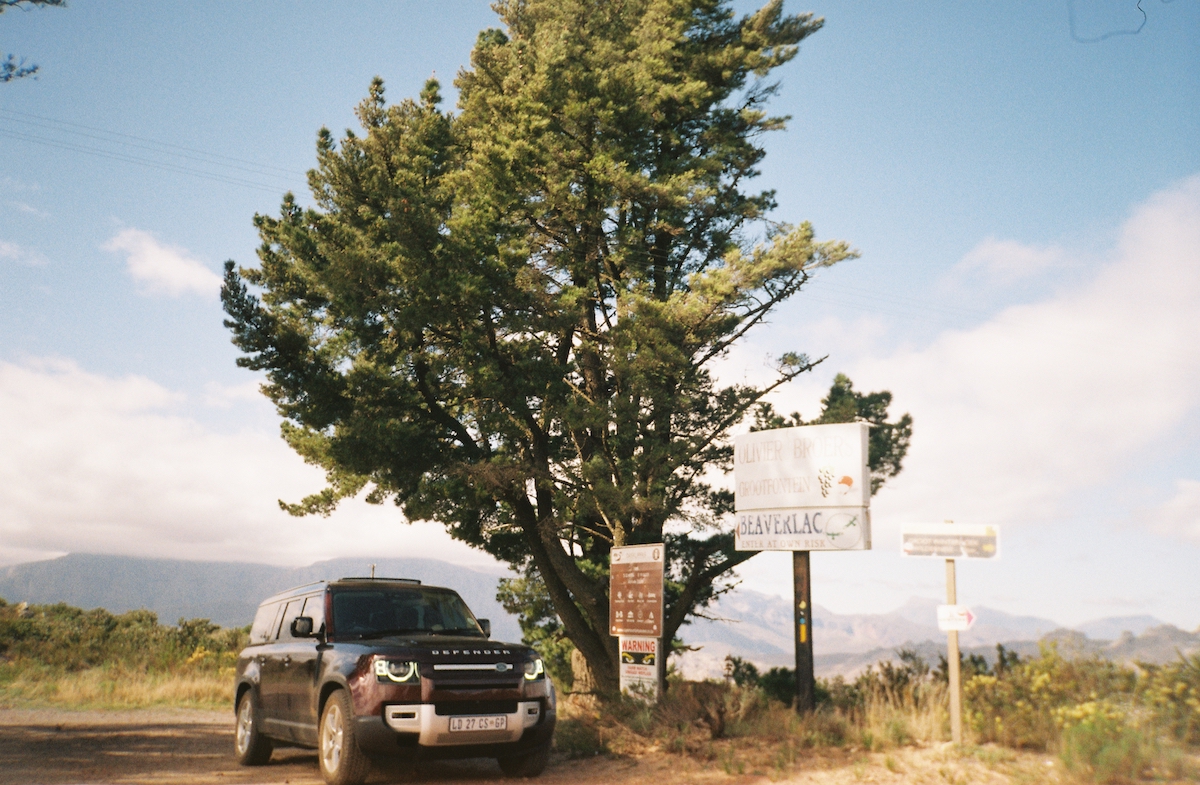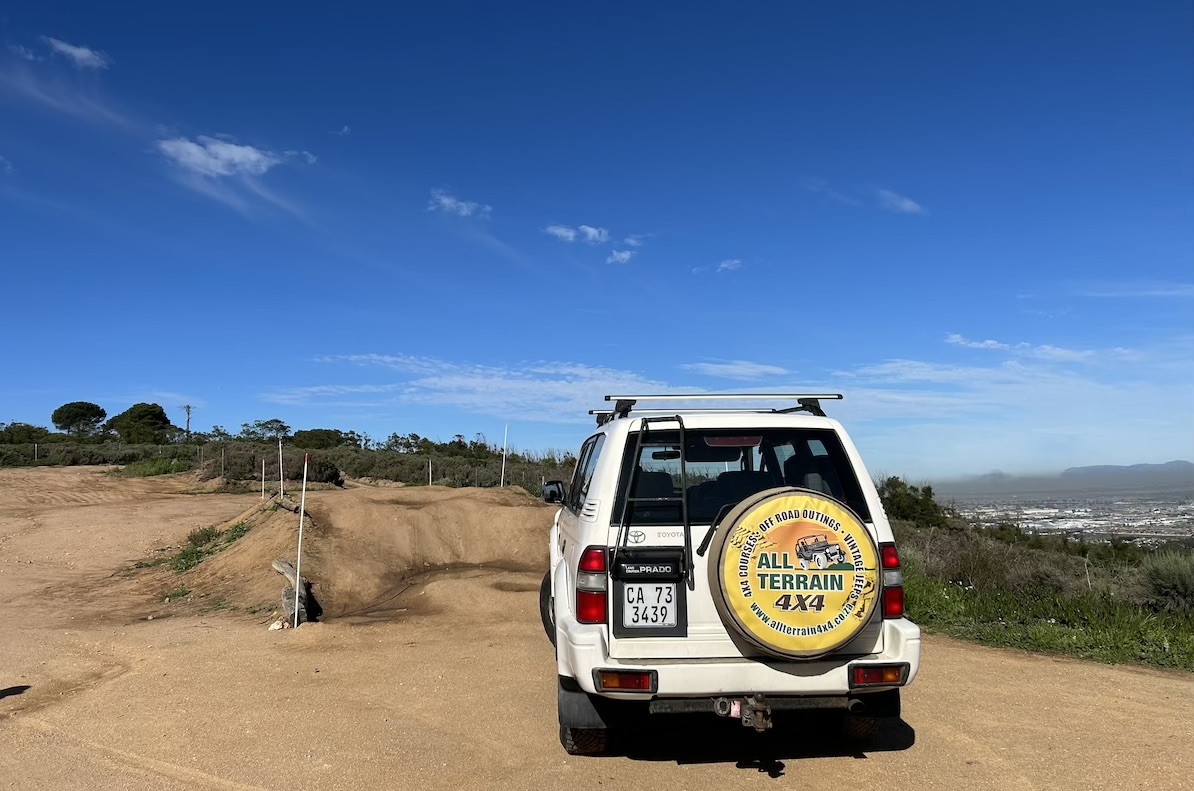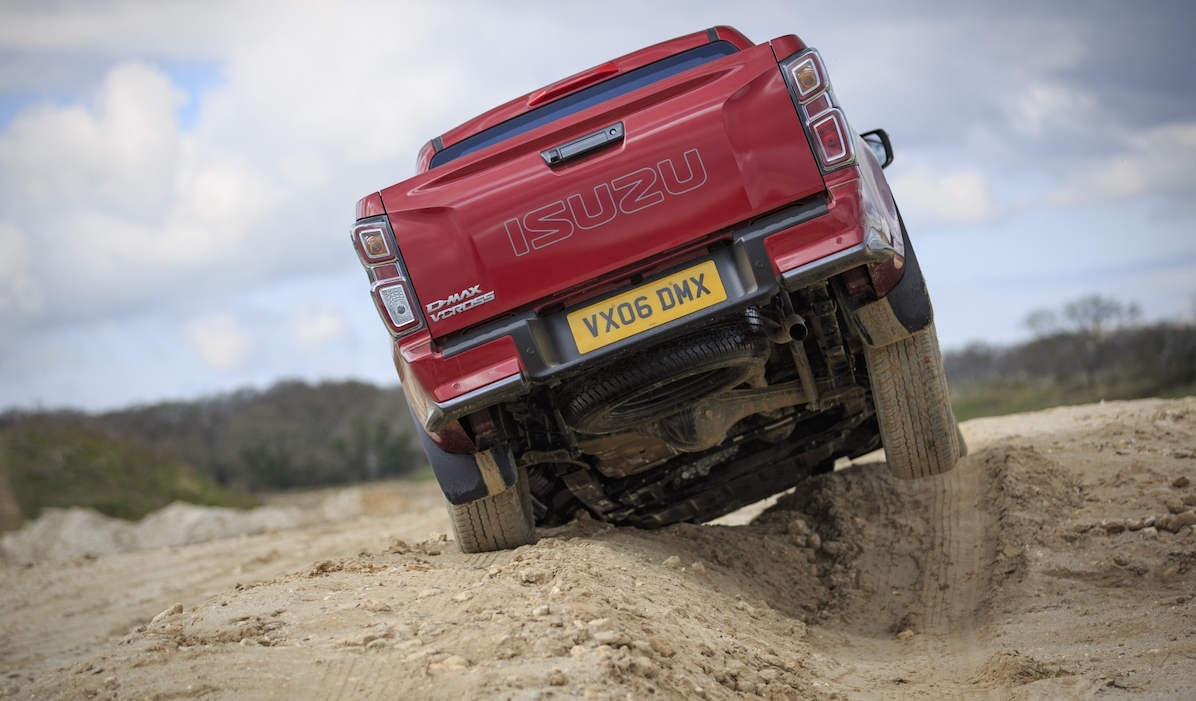Want to stretch your 4×4’s legs and drive a spectacular road? Here are three gravel passes that every South African 4×4 enthusiast should tackle at least once.
Text: Gert van Rooyen
Is there anything more exciting than a mountain pass? Nothing quite beats the thrill of navigating your vehicle along a narrow trail with steep drop-offs and tight switchbacks. In southern Africa, we are very lucky, since a lot of the most scenic passes are untarred and impossible to negotiate without a 4×4. Here are three passes that you have to try – from the rough and rock-strewn Van Zyl’s Pass to the gentle and scenic Swartberg Pass.
Van Zyl’s Pass
Van Zyl’s Pass. The mere mention of this infamous trail in northern Namibia can simultaneously instill fear and excitement in the hearts of 4×4 enthusiasts. Like Baboons Pass in Lesotho, this trail is on the to-do list of all true off-road fans. To traverse it successfully becomes a source of pride. For this reason, you will find countless rocks at the bottom of the track, inscribed with the names of drivers who have managed to make the tricky descent. (You don’t go up!)
Surprisingly, however, Van Zyl’s Pass is not that harrowing. To be sure, you need a pukka 4×4 with all the off-road bells and whistles – and the descent is made at a very, very slow pace – but it is not as demanding as Baboons Pass. Any person with a decent amount of experience will be able to make it.
So why does Van Zyl’s remain such a popular pass? For one thing, the track is very remote. This is not the kind of challenge that can be tackled on a whim. Just getting there is difficult. In fact, many people feel that the mountainous tracks that lead to the Khumib River and Van Zyl’s are actually trickier than the pass itself. Secondly, a vehicle breakdown in this area can be a disaster. To say that workshops are hard to find is a gross understatement. For this reason, it is safer (and infinitely more relaxing) to tackle the route in convoy.
It is also advisable to take a few extras such as two spare wheels, a tyre repair kit, fuses, a fan belt and an air filter. Lastly, all your supplies – notably water – have to be taken along. If you travel in this region, you need to be entirely self-sufficient.
Where: Namibia’s Kaokoland
Coordinates: S17° 38’ 23” E12° 44’ 41”
Distance: 10km, but it will take a few hours to complete because of the slow pace.
Remember: At least two spare tyres.
Be careful: Van Zyl’s should only be attempted from top to bottom. Attempting to drive the pass in the opposite direction will almost certainly result in vehicle damage.
Sani Pass
One of southern Africa’s most famous passes, Sani Pass connects KwaZulu-Natal and Lesotho. From a technical perspective, the pass isn’t nearly as difficult as Van Zyl’s. The road certainly doesn’t demand the same sort of rock-crawling as Namibia’s notorious trail. But that doesn’t mean Sani Pass should be underestimated. In fact, it can be extremely dangerous.
On a perfect day, Sani Pass can seem like a pretty easy drive, but conditions are unpredictable. Steep gradients and thin air take their toll on vehicles, while the narrow trail and steep drop-offs can make it an intimidating drive. Once you add mist, ice, snow and the occasional rock-fall, things can get very hairy.
It is important to check weather conditions before tackling the pass. Conditions can sometimes be terrible, especially in winter, causing the pass to be closed.
Every now and then, authorities threaten to tar this wonderful gravel road, so be sure to experience it in its original glory while you still can. Not only is the drive splendid, but the view from the top of the pass is awe-inspiring.
Where: Between KwaZulu-Natal and Lesotho, near Underberg.
Coordinates: S29°35’16” E29°17’32”
Distance: 8km
Remember: Your passport. Some warm clothes. Be sure to visit Sani Mountain Lodge at the top of the pass.
Be careful: The pass can be very dangerous, so take great care. It is particularly hazardous during winter and spring months, when sections of the trail are often covered in snow and ice.
The Swartberg Pass
The Swartberg Pass has an interesting history. The Swartberg mountains separate the arid plains of the Great Karoo from the more fertile valleys of the Klein Karoo, and for a long time there was no way to get across, forcing people to take long, circuitous routes.
About 125 years ago, it was decided that a pass should be built through the mountains, and from the outset it was clear that this would be no easy task. Some thought it impossible, and the first contractor went bankrupt trying to construct the pass.
With more than half of the pass still to be built, Thomas Bain, one of SA’s most renowned road builders, was given the task of finishing the job. (Bain was known as the man with the theodolite eyes, and before taking on the Swartberg, he had built16 of the country’s most challenging passes.)
With the help of 200 prison labourers and quite a bit of dynamite, Bain managed to complete the pass. In fact, he did such an excellent job that the Swartberg Pass has remained unchanged since he built it.
The pass is a scenic and impressive road that you simply have to drive!
Where: Between Oudtshoorn and Prince Albert
Coordinates: S33°21’8” E22°2’45”
Distance: 12km
Remember: To drive this pass if you ever have the chance. You won’t regret it.
Be careful: Don’t get too caught up in the spectacular views! This gravel road is usually in pretty good condition, but there are some frightening drop-offs. Drive slowly and keep your eyes on the road.




